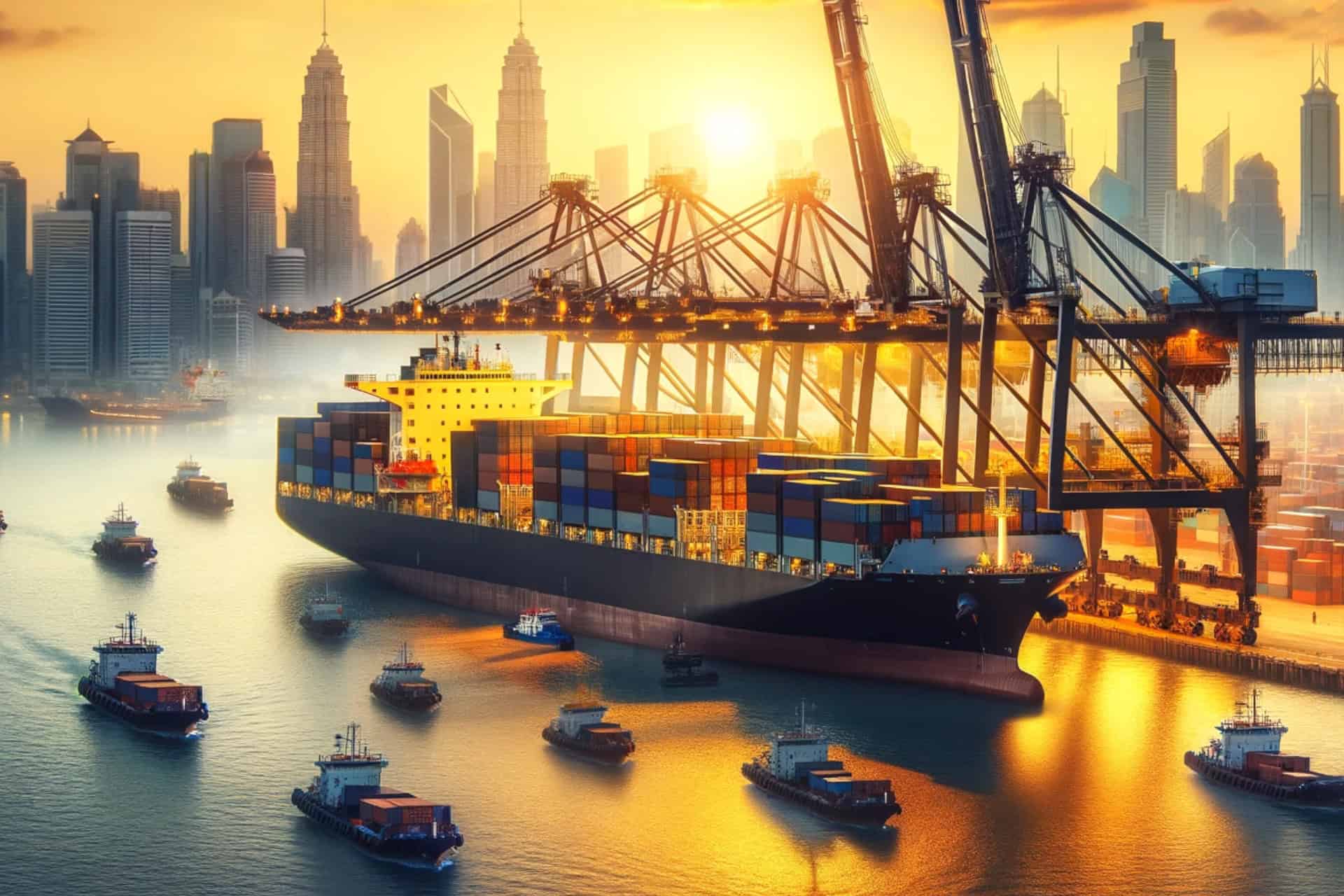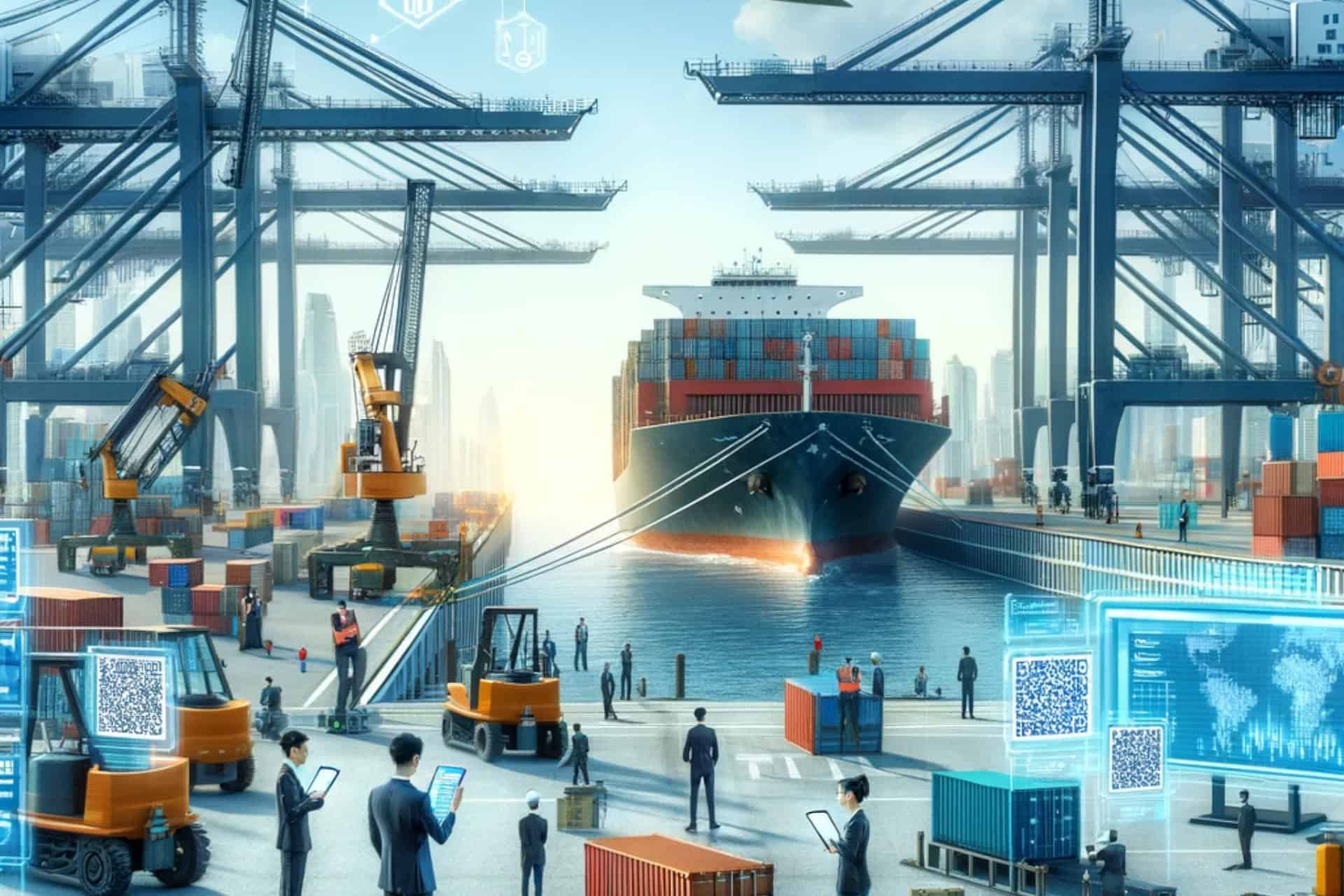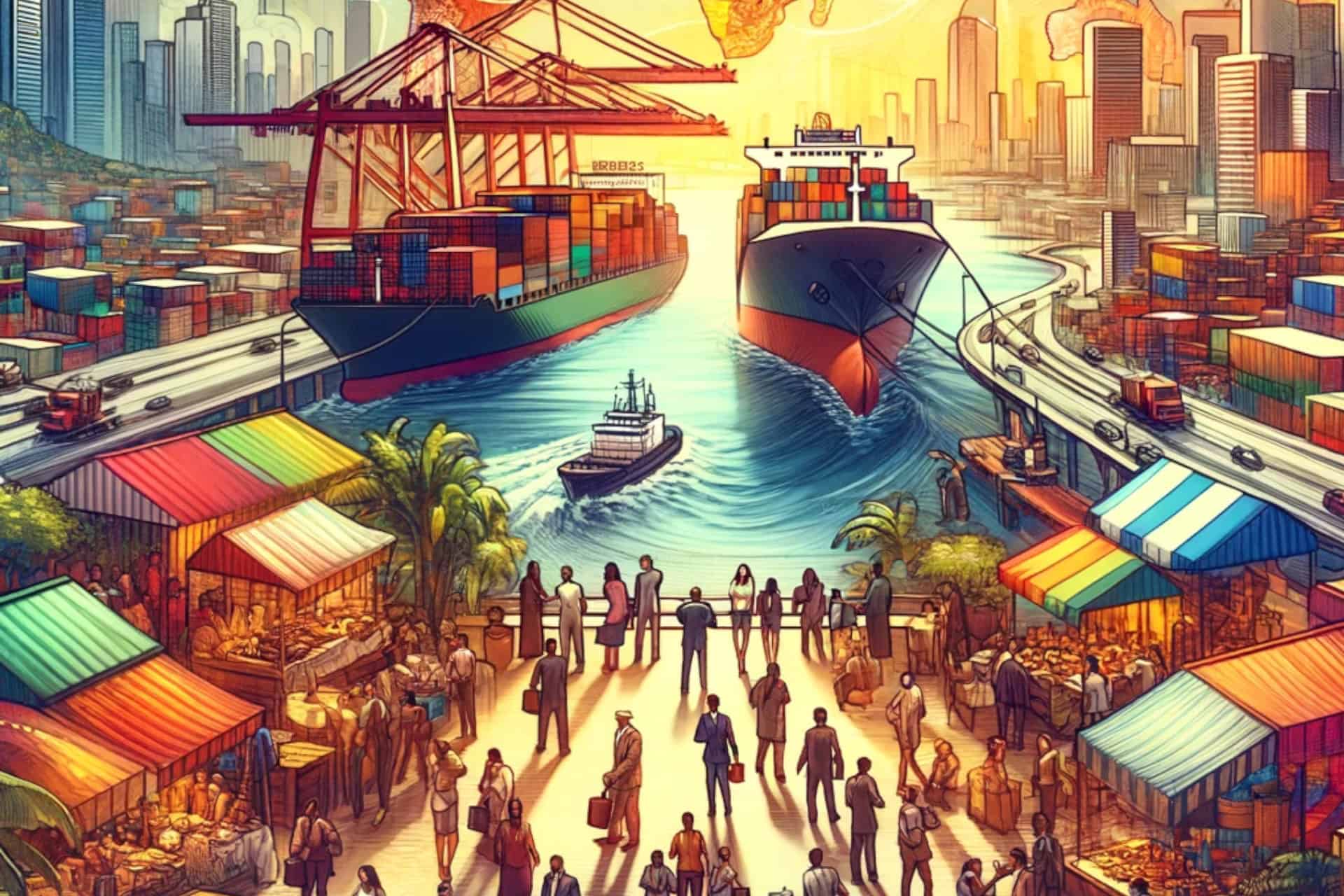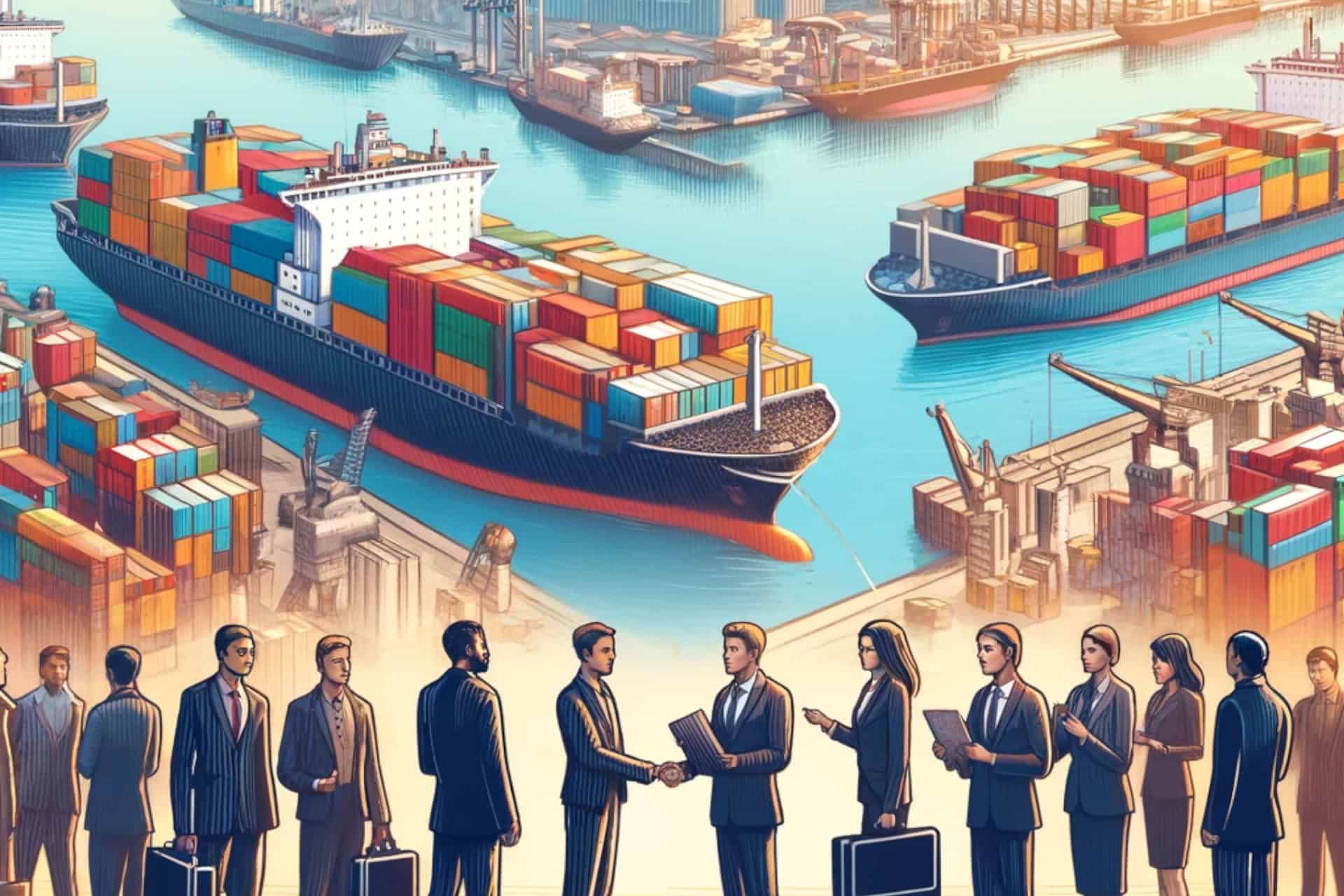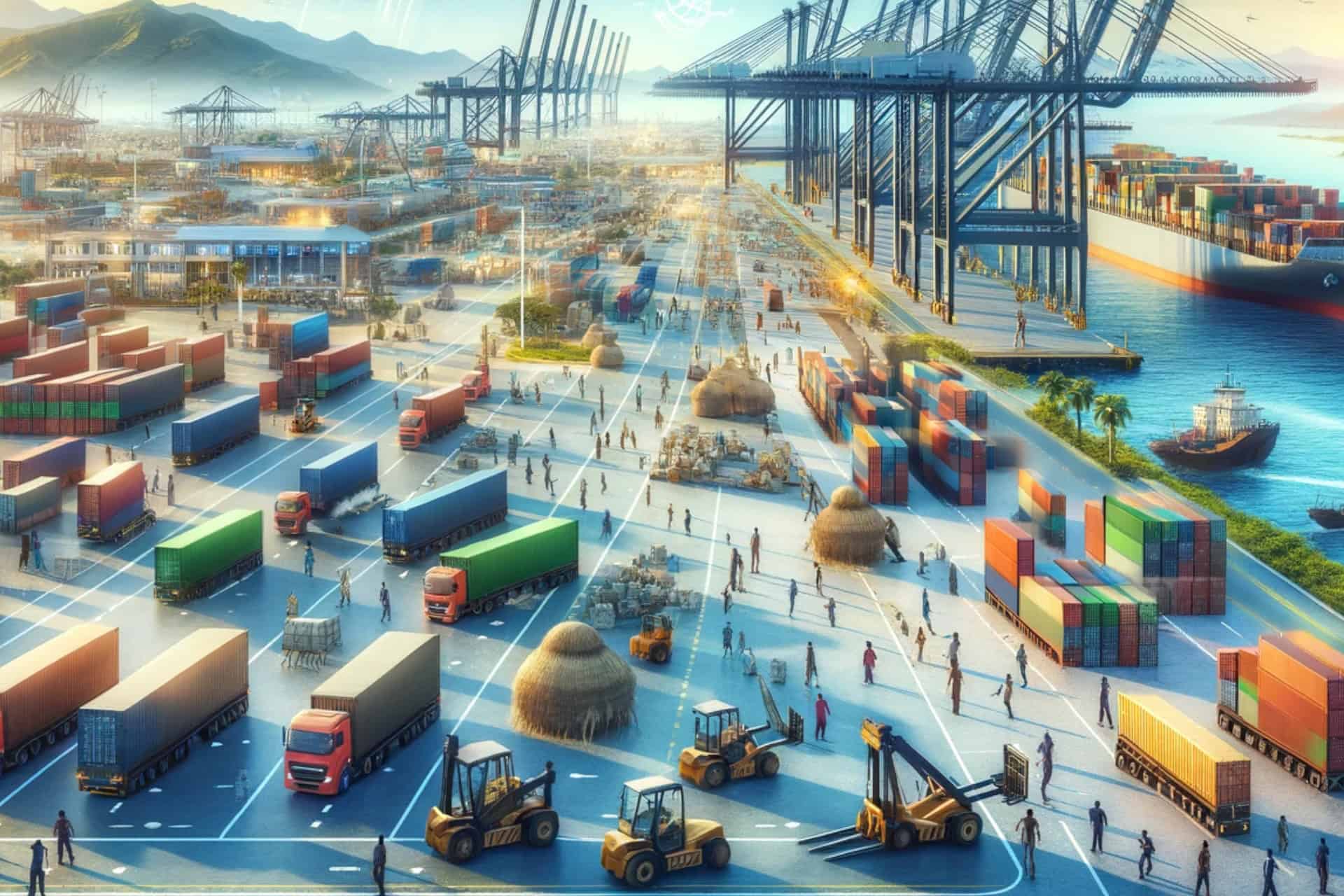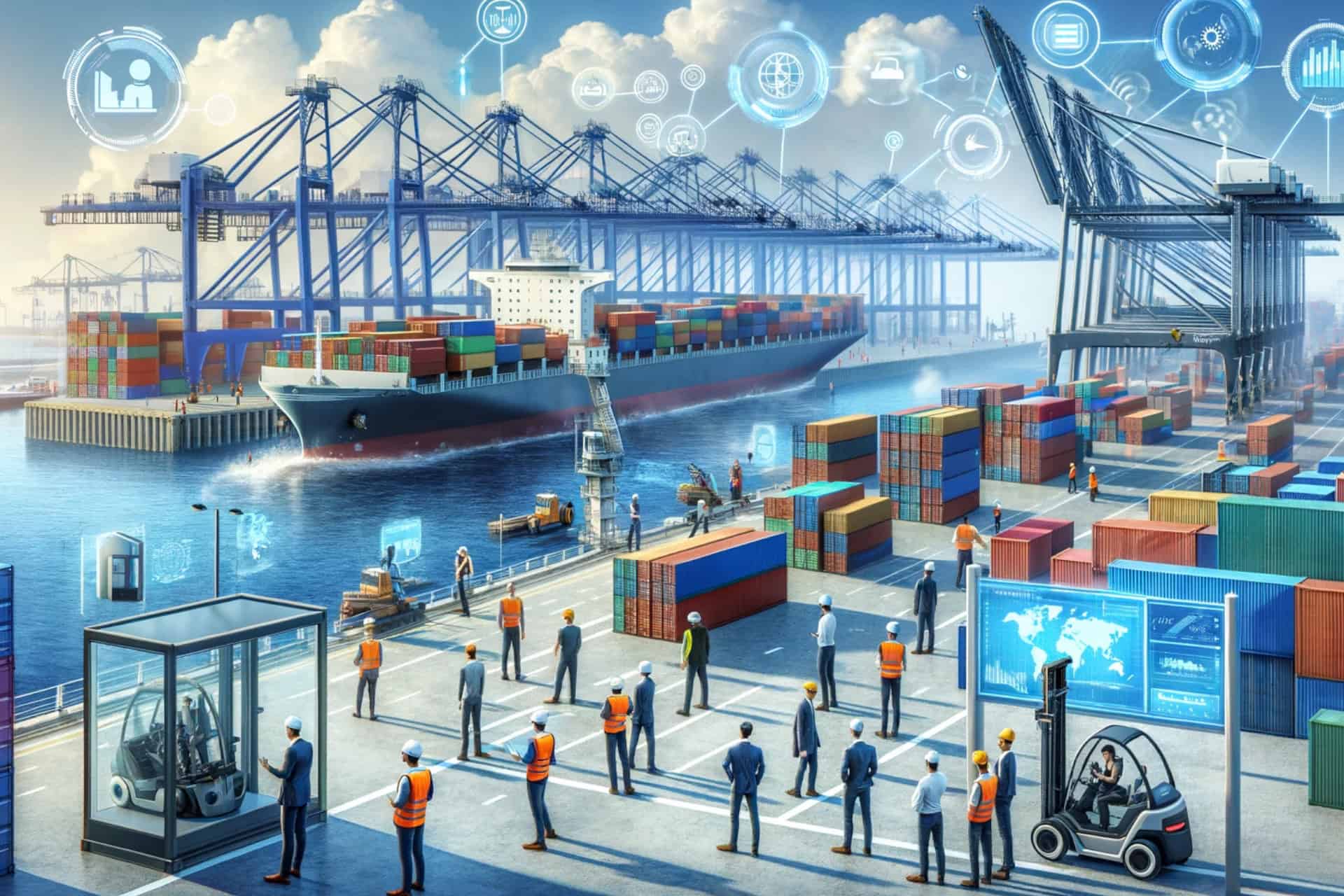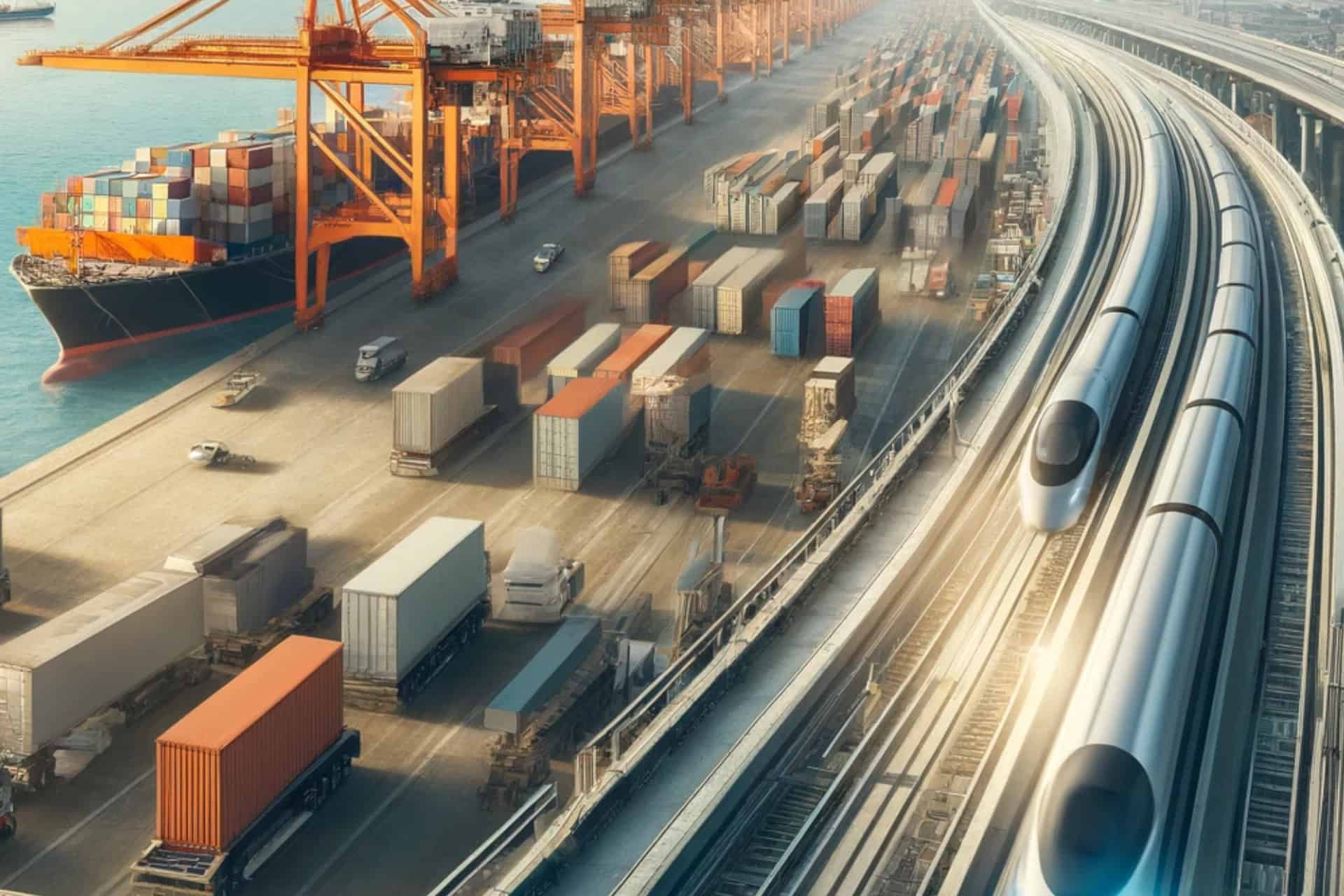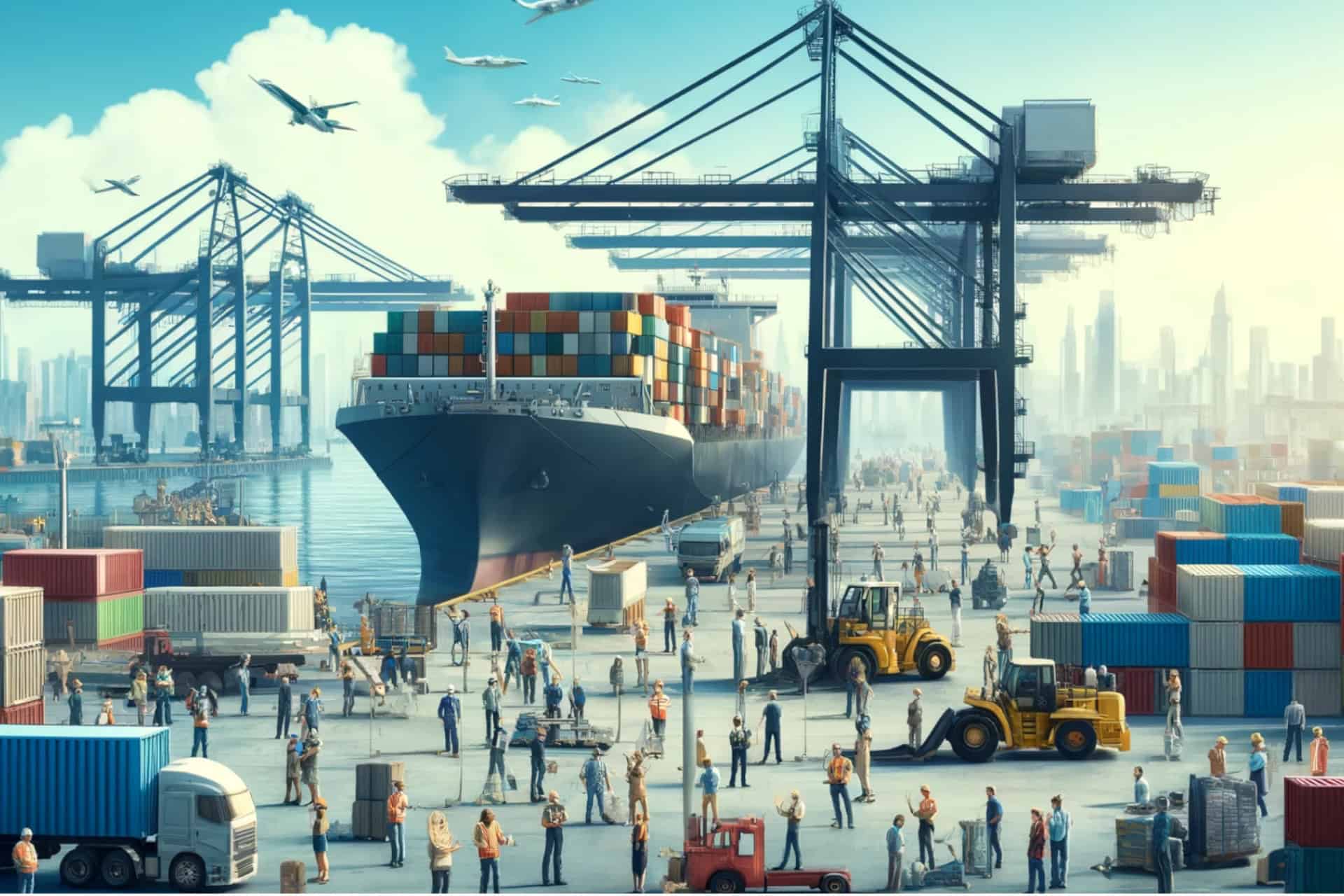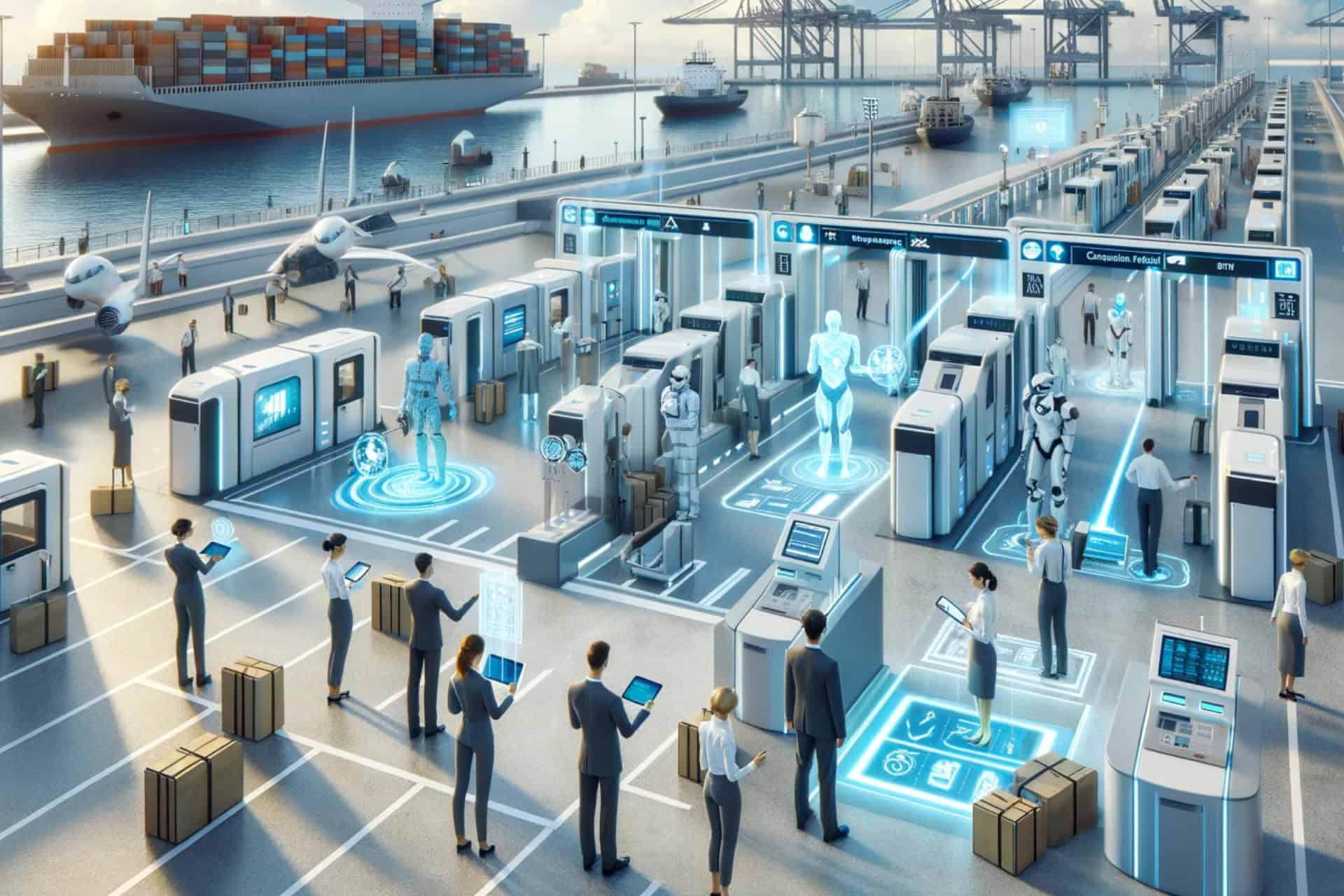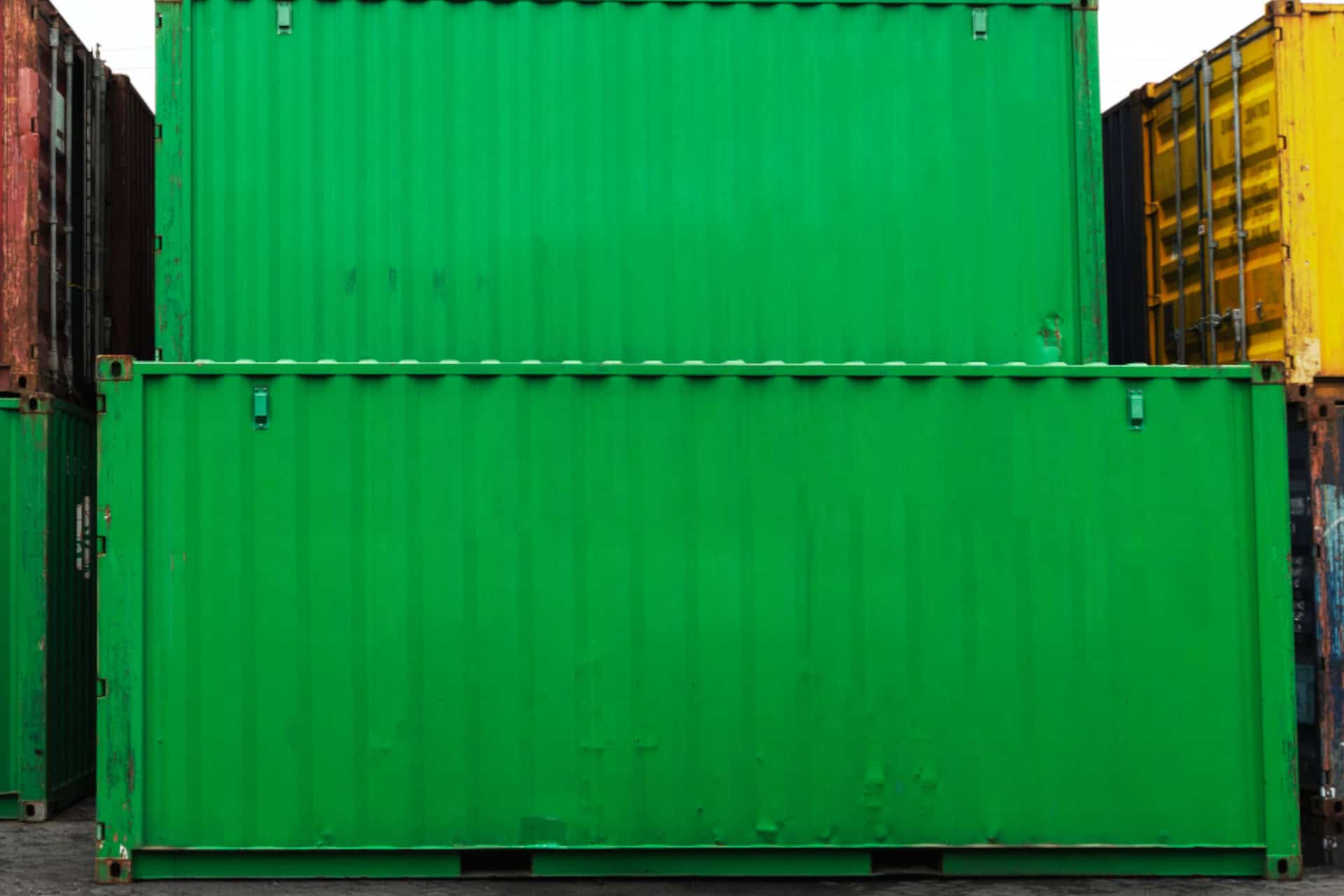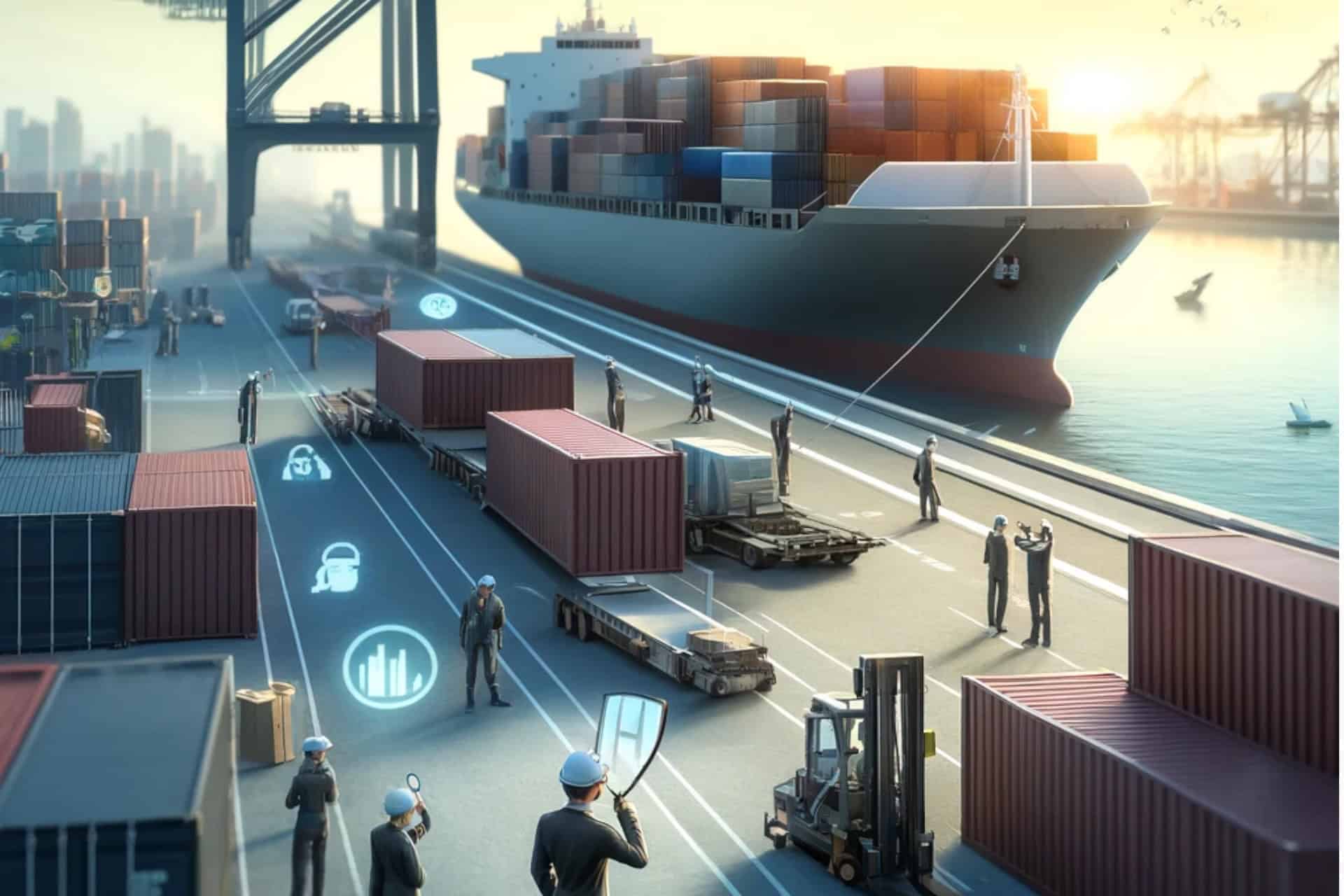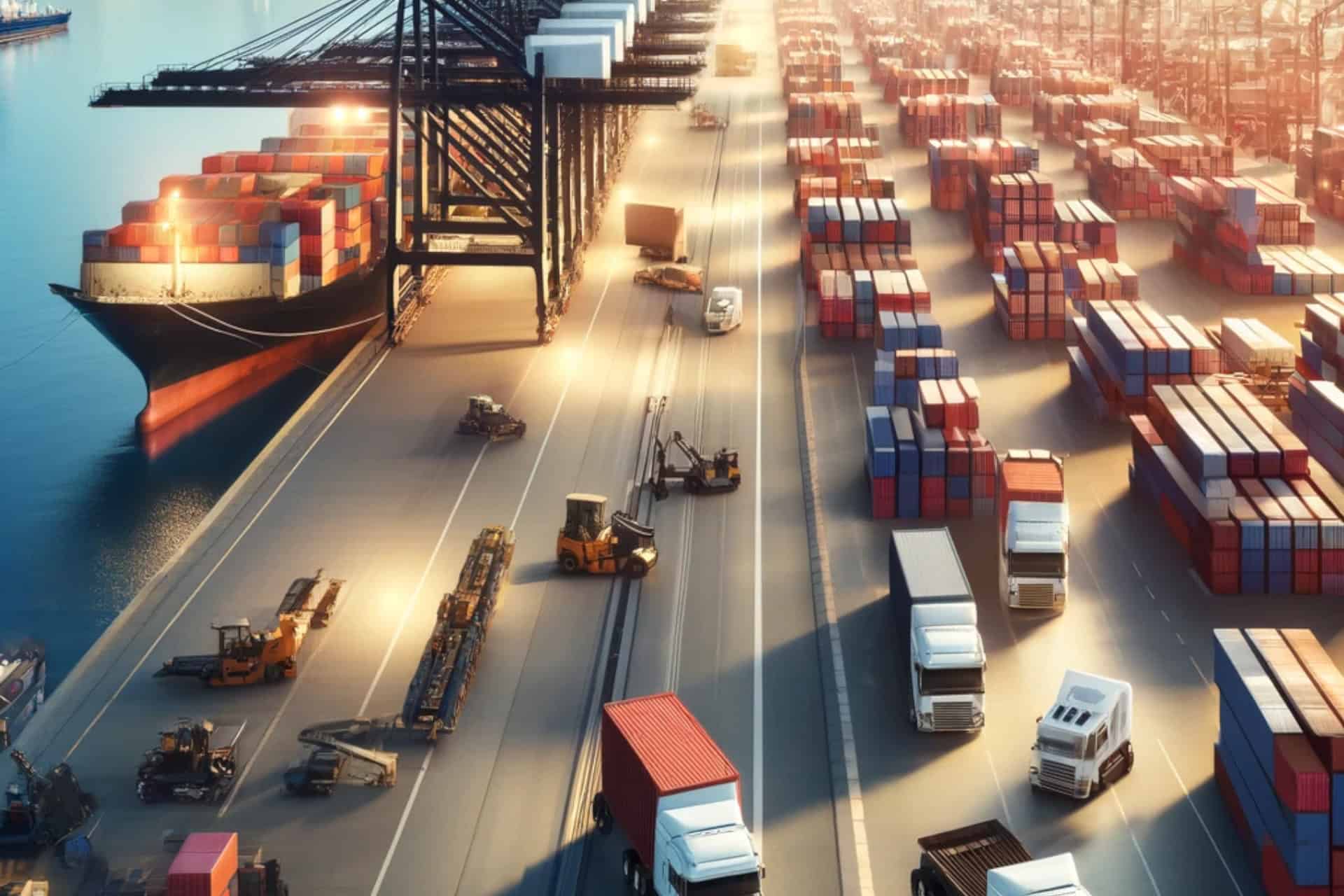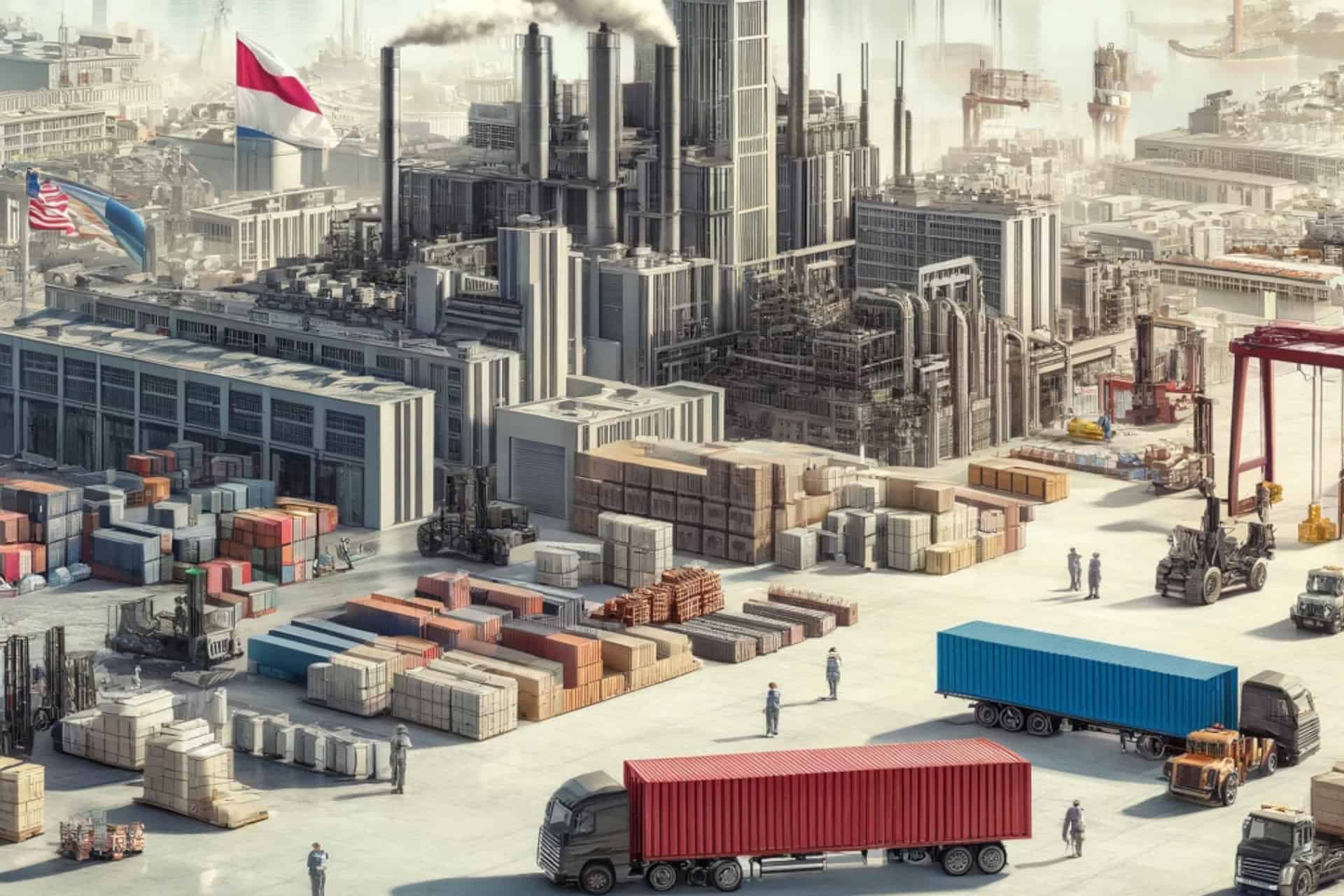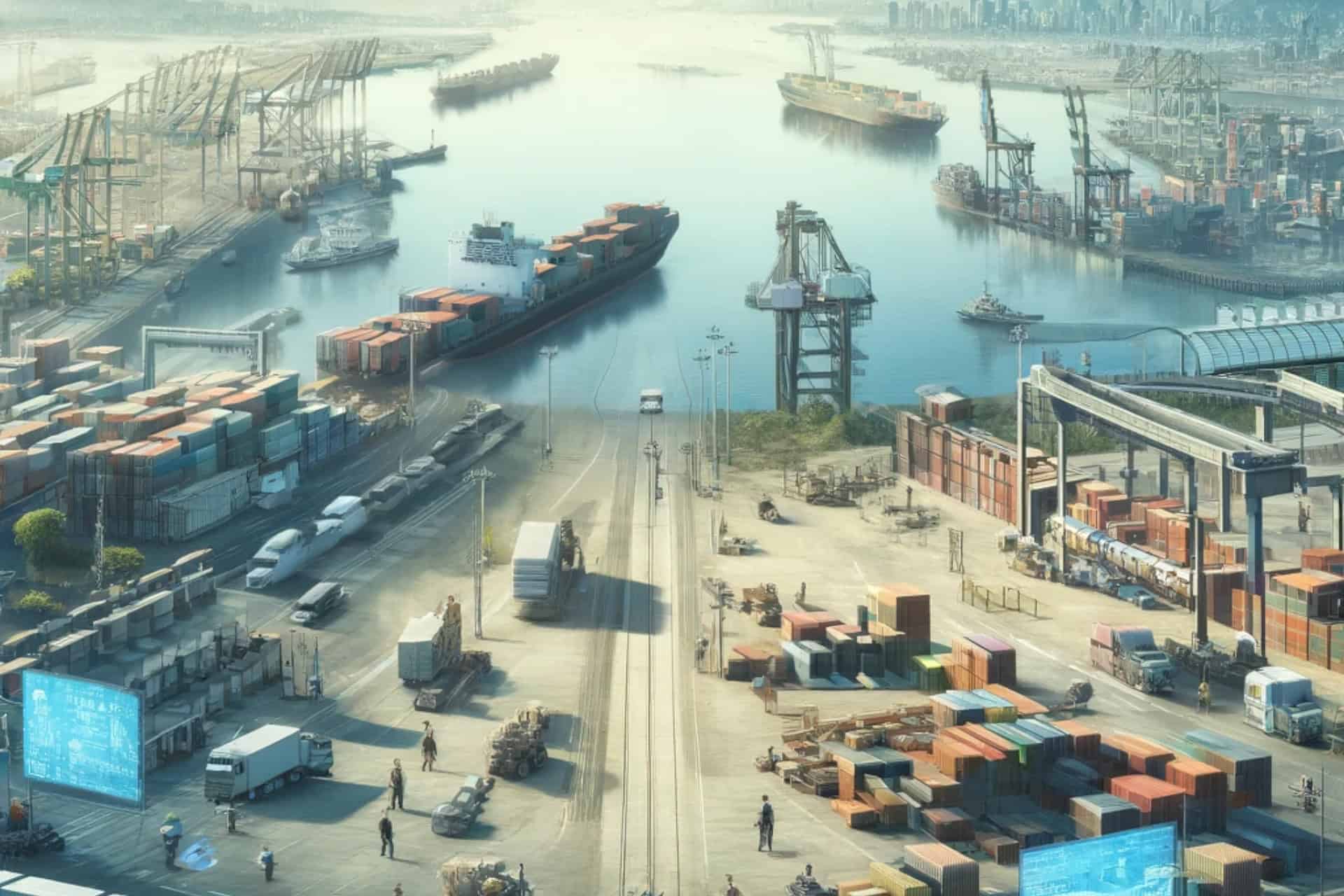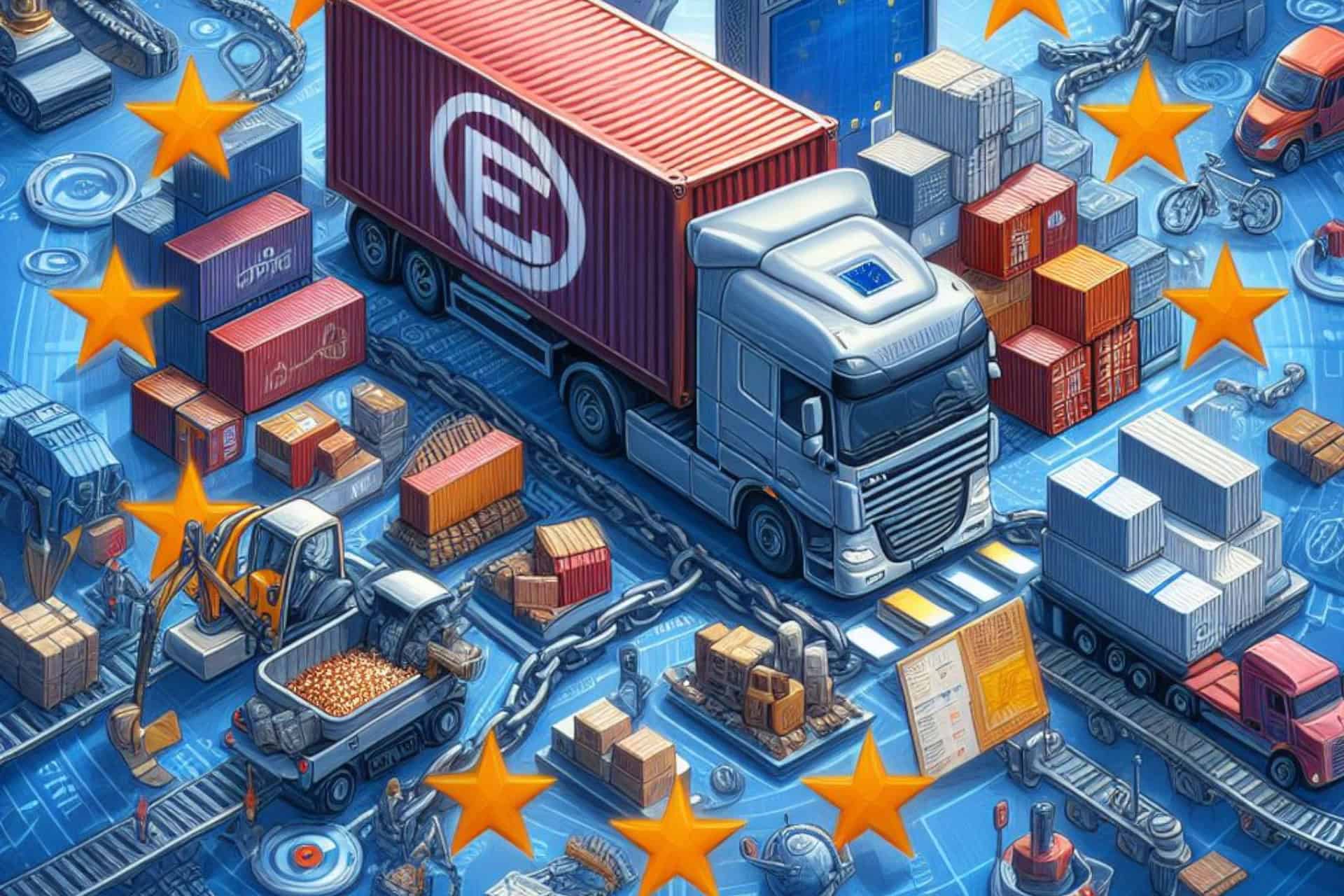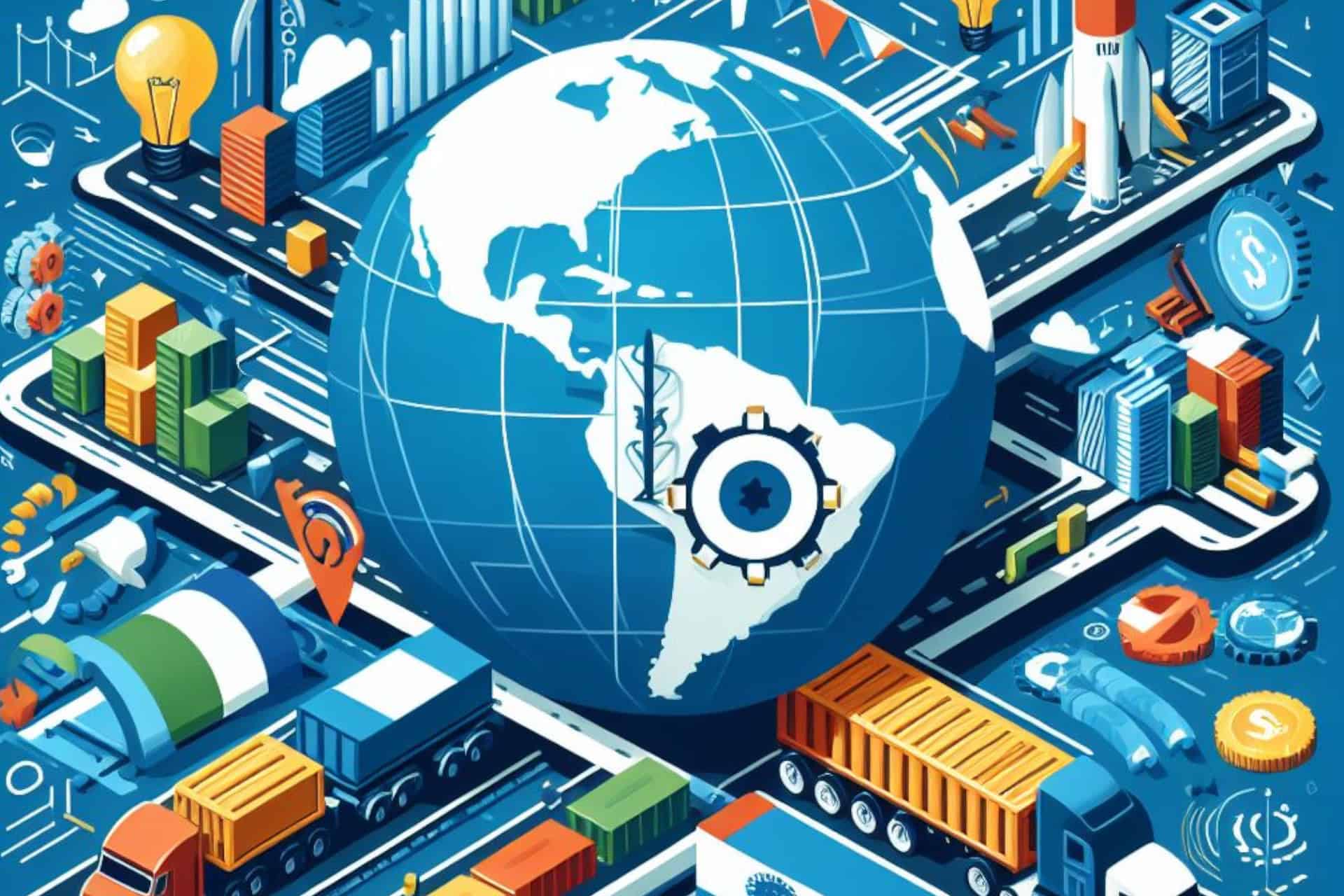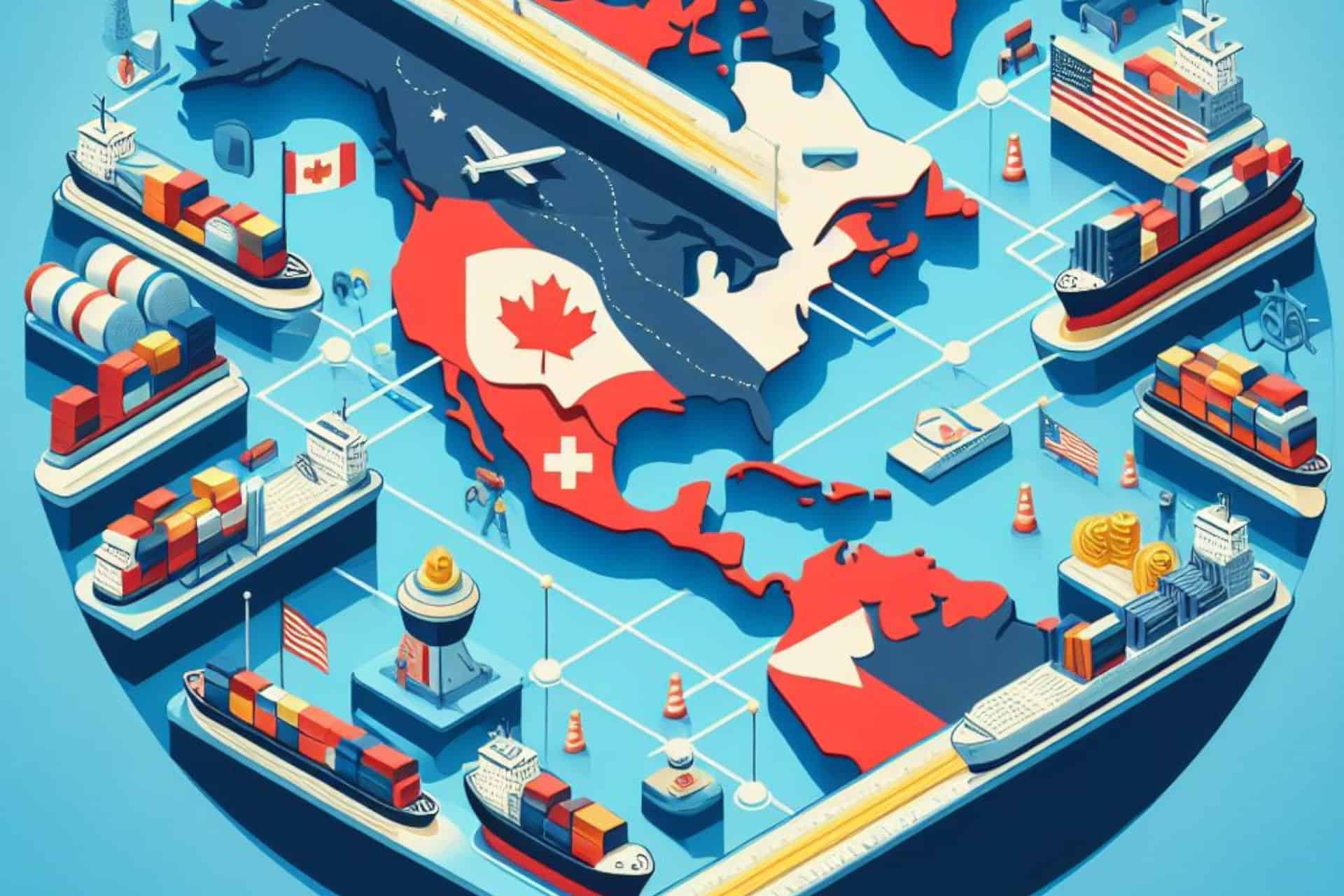The challenges of cross-border logistics in an interconnected world are multifaceted and require a comprehensive approach to address effectively. By embracing technology, fostering collaboration, and staying agile in response to evolving regulations and market dynamics, businesses can overcome these challenges and unlock the full potential of global trade.
In our increasingly interconnected world, the efficient movement of goods across borders is essential for businesses to thrive. However, navigating the complexities of cross-border logistics poses numerous challenges that require strategic solutions and innovative approaches. From varying regulations to infrastructure limitations, here are some of the key hurdles companies face in managing cross-border logistics:
Regulatory Compliance:
One of the foremost challenges in cross-border logistics is navigating the myriad regulations imposed by different countries. From customs procedures to trade agreements, each country has its own set of rules and requirements that must be adhered to. Failure to comply can result in delays, fines, or even confiscation of goods. Therefore, companies must invest in robust compliance management systems and stay abreast of changes in regulations to ensure smooth operations.
Infrastructure and Transportation:
Infrastructure limitations, including inadequate roads, ports, and railways, can significantly impede the flow of goods across borders. Poor infrastructure not only leads to delays but also increases transportation costs and risks of damage to goods. To address this challenge, companies may need to explore alternative transportation routes or invest in infrastructure development projects in collaboration with local authorities.
Customs Clearance:
Customs clearance processes can be time-consuming and bureaucratic, especially in countries with stringent customs regulations. Delays in clearance not only disrupt supply chains but also increase inventory carrying costs for businesses. To expedite customs clearance, companies can leverage technology solutions such as electronic documentation and pre-clearance programs. Additionally, establishing strong relationships with customs authorities can help facilitate smoother clearance processes.
Currency and Payment Issues:
Fluctuating exchange rates and currency conversion fees can impact the cost-effectiveness of cross-border logistics operations. Companies must carefully manage currency risks and explore hedging strategies to mitigate the impact of currency fluctuations. Moreover, navigating international payment systems and complying with anti-money laundering regulations adds another layer of complexity to cross-border transactions.
Security and Risk Management:
Cross-border logistics operations are vulnerable to various security risks, including theft, piracy, and terrorism. Ensuring the safety and security of goods throughout the supply chain requires robust risk management strategies, including cargo tracking systems, secure packaging, and collaboration with law enforcement agencies. Companies must also have contingency plans in place to address unforeseen disruptions such as natural disasters or geopolitical conflicts.
Despite these challenges, advancements in technology and globalization have also created opportunities for innovation and optimization in cross-border logistics. From blockchain-based supply chain platforms to predictive analytics for demand forecasting, companies can leverage cutting-edge solutions to streamline operations and enhance efficiency.
#CrossBorderLogistics #GlobalSupplyChain #TradeCompliance #InfrastructureDevelopment #CurrencyRisk #SupplyChainSecurity #LogisticsInnovation
Read more views






